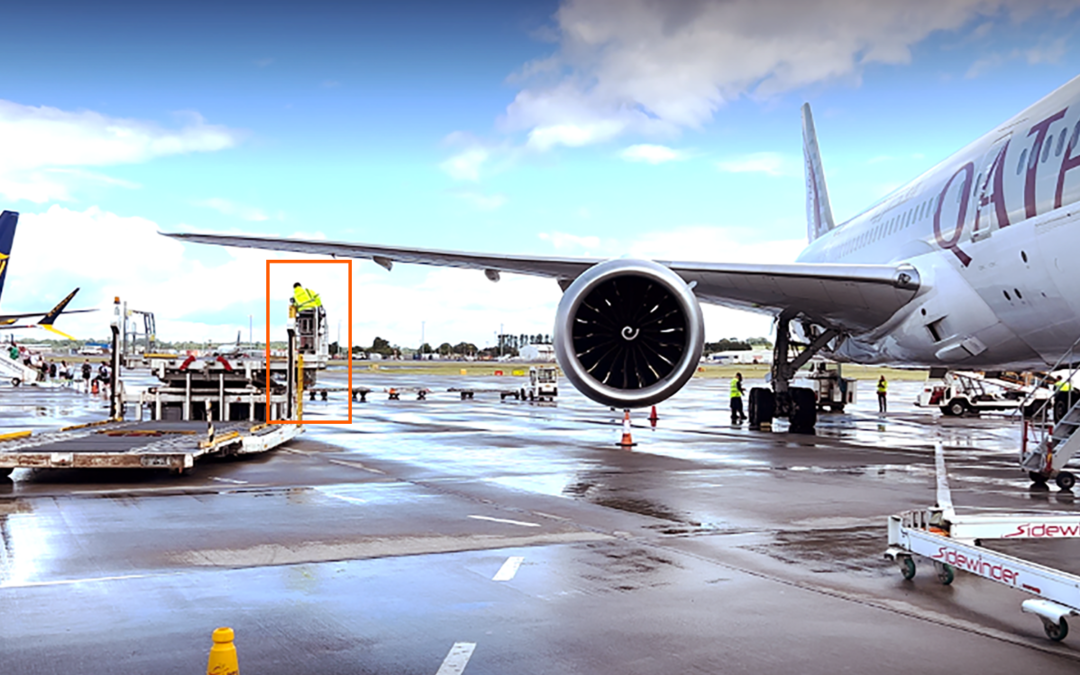Embracing AI in Manufacturing: A Game Changer
The revolution in manufacturing quality control is not a distant utopia; it’s happening right now, in factories and production lines across the globe. AI vision systems are no longer science fiction; they’re the cutting edge of industrial progress. As we embrace this new era of intelligent inspection, we pave the way for a future where quality is not just an aspiration, but an unwavering guarantee.
The Cost of Quality in Manufacturing
Quality control and yield are critical in the manufacturing industry, whether it’s automobiles, semiconductors, smartphones, or food and beverages. Inadequate quality control can lead to substantial operational and financial burdens due to rework, scrap production, yield reduction, increased work-in-process inventory, post-sale recalls, warranty claims, and repairs.
The American Society for Quality suggests that the cost of quality could reach 15-20% of annual sales revenue for many organizations, translating into billions of dollars annually for larger manufacturers.
Visual Inspection in Quality Control: An Overview and Its Limitations
Visual inspection plays a pivotal role in quality control within manufacturing processes. This involves scrutinizing the product for any potential defects. Historically, this has been a manual task, which can be both labor-intensive and prone to human error. To mitigate these issues, rule-based visual inspection machines have been introduced over time.
However, these methods have drawbacks:
Manual Inspection
The effectiveness of manual inspection is heavily dependent on the operator’s perception and experience, leading to inconsistencies in the inspection process.
Traditional Inspection Machinery
These machines require programming and lack the flexibility to adapt to changes in the product, limiting their applicability in dynamic manufacturing environments.
Machine Vision-Based Inspection
While these systems can detect defects, their scope is limited, and they can only identify a certain number of defects at a time.
In light of these limitations, there is a growing need for more advanced and flexible inspection systems. The advent of artificial intelligence (AI) and machine learning (ML) technologies offers promising solutions. These technologies can learn from data, adapt to changes, and detect a wide range of defects simultaneously, thereby enhancing the efficiency and accuracy of the visual inspection process in quality control.
The Promise of AI in Manufacturing
The manufacturing industry has always embraced innovation, from mass production and lean manufacturing to six sigma and enterprise resource planning. AI in manufacturing is set to drive further innovation.. The advantages of using AI are numerous:
- It reduces the cognitive load for operators and decreases the number of defects missed.
- It requires no programming and can adapt to product changes.
- It can identify hundreds of areas of interest on a product within seconds.
Revolutionizing Conveyor Systems in Heavy Industries with AI in Manufacturing
Heavy industries such as metal, mining, thermal, and cement rely heavily on extensive conveyor systems for essential material transportation. These conveyors are integral to furnaces, casting, and manufacturing processes, forming the backbone of these operations. However, these industries face numerous challenges, including harsh environments, limited accessibility, high breakdown costs due to extended downtime, and difficulties in conducting manual inspections.
PREDICTON: An Innovative Solution by ZestIOT
ZestIOT’s PREDICTION, an innovative solution that harnesses the power of Video Analytics and CameraAI. By combining Machine Vision and Conveyor Monitoring, PREDICTON effectively addresses the challenges faced by heavy industries. This groundbreaking solution is set to revolutionize the way these industries operate, bringing about a new era of efficiency and productivity.
PREDICTON stands out with its impressive identification accuracy rate of over 99.98%. It enhances safety, minimizes production losses, and boosts efficiency by providing real-time alerts for immediate action. The solution is robust, dust and waterproof, and requires zero downtime during installation.
The solution offers various detection capabilities including cut detection, foreign object detection, material detection, spill detection, belt sway detection, and boulders and slump detection. Additionally, it provides add-on modules for Idler condition detection, human safety intrusion detection, and belt thickness detection.
With its seamless integration with PLC Systems and delivery of insights via an interactive web app, PREDICTON is set to redefine conveyor belt monitoring, ushering in a new era of efficiency and productivity with AI in manufacturing.
Conclusion
The advent of AI in manufacturing is not just a technological advancement; it’s a paradigm shift that is redefining the very essence of quality control. With solutions like PREDICTON by ZestIOT, industries are witnessing a transformation like never before. By leveraging the power of Video Analytics and CameraAI, PREDICTON is setting new benchmarks in efficiency, safety, and productivity.
However, the journey doesn’t end here. As we continue to push the boundaries of what’s possible with AI in manufacturing, we look forward to a future where quality is not just an aspiration, but a meticulously engineered reality.


Recent Comments